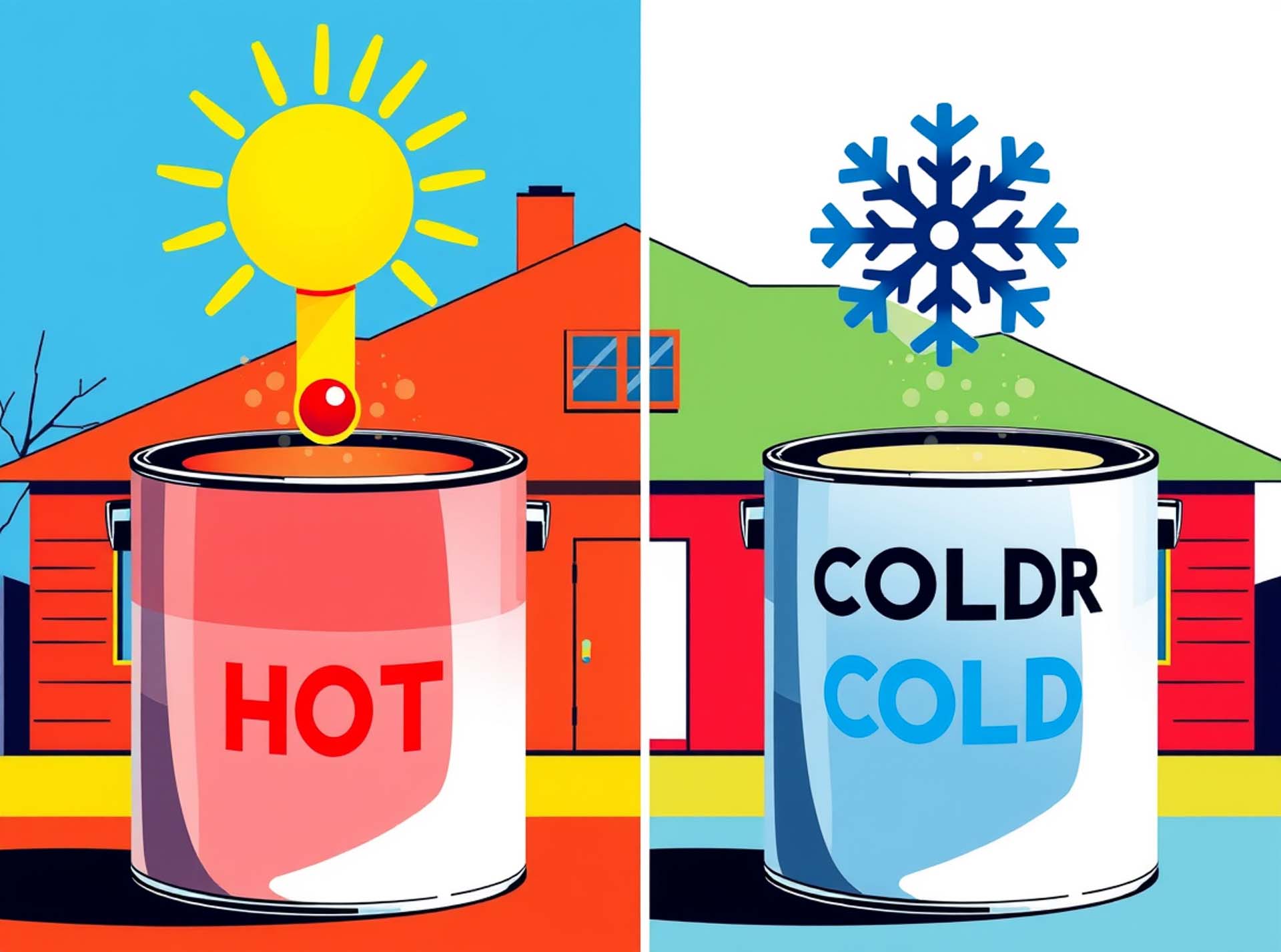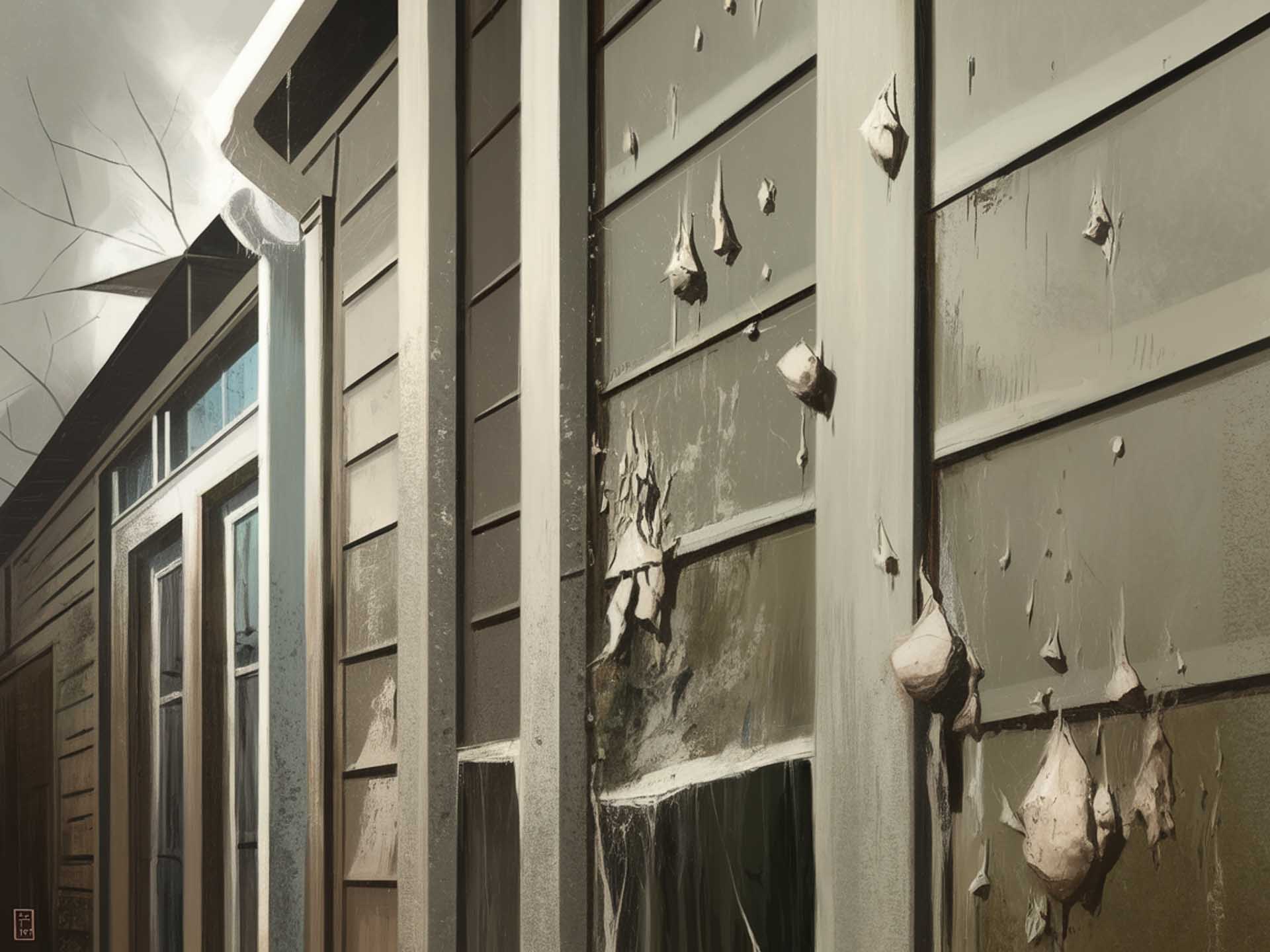How to Shield Your Paint from Temperature Swings: Expert Tips for Preventing Damage
Introduction
Extreme temperature changes can wreak havoc on your carefully painted surfaces, both indoors and outdoors. Whether you’re dealing with scorching summer heat or freezing winter chills, understanding how to prevent paint damage is crucial for maintaining the beauty and integrity of your home or building. In this comprehensive guide, we’ll explore effective strategies for preventing paint damage during extreme temperature changes, with a focus on exterior painting and maintenance.
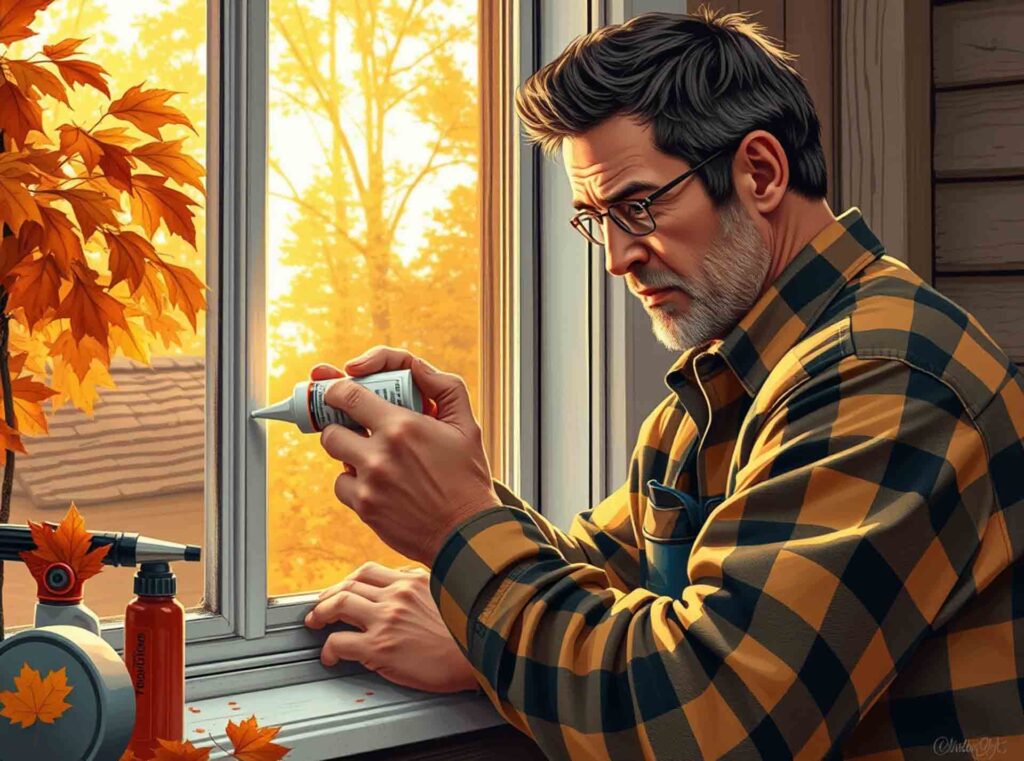

Understanding Temperature-Related Paint Damage
Before we dive into prevention techniques, it’s essential to understand how temperature fluctuations affect paint:
- Expansion and Contraction: As temperatures rise and fall, surfaces expand and contract, causing paint to crack or peel.
- Moisture Issues: Extreme temperatures can lead to condensation, which may cause bubbling or blistering in paint.
- Accelerated Aging: Rapid temperature changes can speed up the aging process of paint, leading to fading and chalking.
- Adhesion Problems: Temperature extremes can interfere with proper paint adhesion, especially during application.
By recognizing these issues, you can better prepare your surfaces and choose the right materials for long-lasting results.
Preparing Your Surface for Temperature Fluctuations
Proper surface preparation is key to preventing paint damage, especially when dealing with extreme temperatures:
- Clean Thoroughly: Remove dirt, grime, and loose paint using a pressure washer or scrub brush.
- Repair Imperfections: Fill cracks, holes, and other surface defects with appropriate fillers.
- Sand Smooth: Create an even surface for better paint adhesion.
- Prime Properly: Use a high-quality primer suitable for your surface and climate conditions.
For exterior painting, pay special attention to areas prone to moisture accumulation, such as eaves and trim. Consider using a moisture meter to ensure the surface is dry before painting.
Choosing the Right Paint for Extreme Temperatures
Selecting the appropriate paint is crucial for preventing damage in challenging climates:
- Elastomeric Paints: These flexible coatings can expand and contract with temperature changes, reducing the risk of cracking.
- 100% Acrylic Paints: Known for their durability and resistance to temperature fluctuations.
- Silicone-Modified Paints: Offer excellent water resistance and flexibility in extreme temperatures.
When shopping for paint, look for products specifically designed for your climate. Many manufacturers offer lines tailored to hot, cold, or variable weather conditions.
Application Techniques for Temperature Resistance
How you apply paint can significantly impact its ability to withstand temperature changes:
- Apply in Moderate Conditions: Avoid painting in extreme heat or cold. Ideal temperatures are between 50°F and 85°F (10°C to 29°C).
- Multiple Thin Coats: Apply several thin coats rather than one thick layer for better adhesion and flexibility.
- Allow Proper Drying Time: Follow manufacturer recommendations for drying times between coats and before exposure to extreme temperatures.
- Use Quality Tools: High-quality brushes and rollers ensure even application and better paint performance.
For exterior painting, consider the time of day and sun exposure when planning your project. Paint shaded areas when the sun is shining on them and follow the sun around the house to avoid direct heat on freshly painted surfaces.
Maintenance Tips for Temperature-Resistant Paint
Regular maintenance is essential for prolonging the life of your paint job:
- Annual Inspections: Check for signs of wear, cracking, or peeling, especially after extreme weather events.
- Clean Regularly: Gently wash painted surfaces to remove dirt and pollutants that can degrade paint over time.
- Address Issues Promptly: Repair any damage as soon as it’s noticed to prevent further deterioration.
- Reapply Sealants: For exterior surfaces, reapply caulk and sealants as needed to prevent moisture intrusion.
Consider creating a maintenance schedule to ensure your painted surfaces receive regular attention throughout the year.
When to Seek Professional Help
While many paint maintenance tasks can be DIY projects, some situations call for professional expertise:
- Large-Scale Projects: For extensive exterior painting or complex architectural features.
- Specialized Coatings: When dealing with industrial-grade or highly specialized temperature-resistant coatings.
- Historic Properties: To ensure proper techniques and materials are used on older buildings.
- Severe Damage: If your surfaces show significant temperature-related damage, a professional assessment may be necessary.
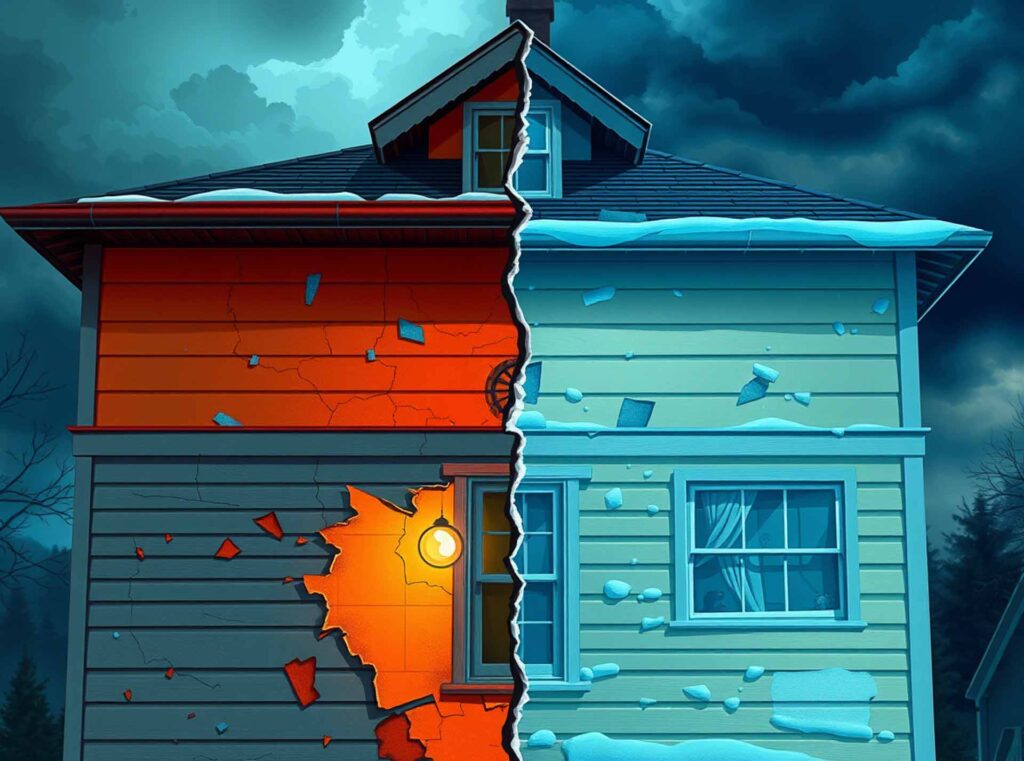
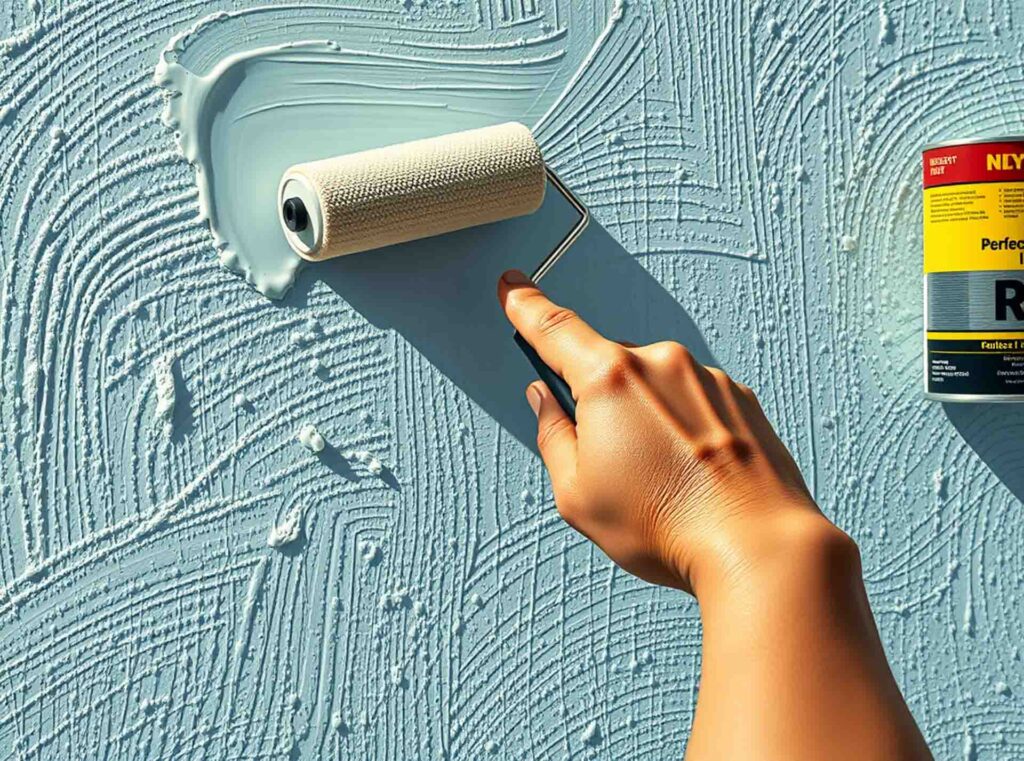
Conclusion
Preventing paint damage during extreme temperature changes requires a combination of proper preparation, material selection, application techniques, and ongoing maintenance. By following the guidelines outlined in this post, you can significantly extend the life of your paint job and protect your surfaces from the harsh effects of temperature fluctuations.
Remember, the key to success lies in understanding your specific climate challenges and addressing them proactively. Whether you’re tackling a DIY project or working with professionals, investing time and effort into temperature-resistant painting techniques will pay off in the long run with beautiful, durable results.
Have you experienced temperature-related paint damage? Share your stories and tips in the comments below, and don’t forget to subscribe to our newsletter for more home maintenance advice!

